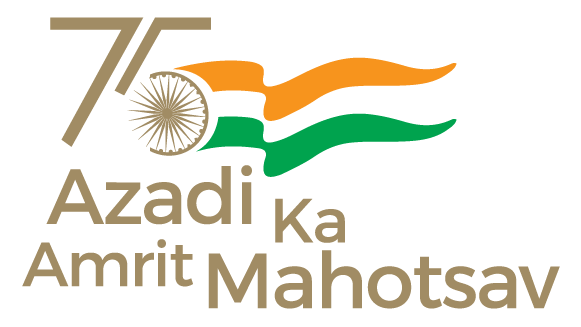
Union Minister of Ports, Shipping and Waterways Shri Sarbananda Sonowal gave written reply of a starred question in the Lok Sabha today, raised by Shri Biplab Kumar Deb and Shri Shankar Lalwani. The Minister was asked to provide details on the cargo movement through National Waterways and other waterways since 2013-14, the steps taken by the Government to boost this movement, and whether new National Waterways are being considered for development.
In his response, Shri Sonowal highlighted the remarkable progress made under the leadership of Hon’ble Prime Minister Shri Narendra Modi in enhancing cargo movement via National Waterways (NWs). Since 2013-14, the volume of cargo transported through these waterways has seen an exponential rise, with total traffic handled increasing from 29.16 MMT in FY 2014-15 to 133.03 MMT in FY 2023-24, marking an impressive Compound Annual Growth Rate (CAGR) of 18.07%.
This surge represents a more than six-fold increase compared to the 18.07 MMT recorded in FY 2013-14. With the ambitious targets set under the Maritime India Vision 2030 and Maritime Amrit Kaal Vision 2047, the Government aims to further boost cargo traffic, targeting 200 MMT by 2030 and an impressive 500 MMT by 2047.
In 2016, 106 new National Waterways were declared, with the number of operational waterways increasing from just 3 in 2013-14 to 26 by 2024.
Shri Sonowal stated, PM Shri Narendra Modi ji’s focus on holistic development, and his mantra of ‘Transformation through Transportation,’ are turning waterways into the new highways of India. The last decade has seen tremendous improvements in this sector, which is both affordable and eco-friendly. MoPSW is committed to further developing and modernizing the inland waterways, in alignment with the Maritime Amrit Kaal Vision 2047. India has over 14,500 km of waterways, and MoPSW aims to realize full potential as we work towards building a self-reliant India by 2047.’
Among the significant measures taken by the Government to enhance cargo movement through waterways is introduction of the Inland Vessels Act, 2021. It stands out as a key legislative reform, replacing a century-old law. This modern regulatory framework has facilitated seamless transportation, trade, and ease of doing business in the inland waterways sector.
The Jal Marg Vikas Project (JMVP), launched in 2018, aims to augment the capacity of NW1 (Ganga – Bhagirathi – Hooghly river system) from Haldia to Varanasi, covering a total length of 1,390 km. This project is being implemented with a financial outlay of Rs 5,369.18 crore. Additionally, the Government approved the development of 13 new NWs in 2022.
The opening of the Indo-Bangladesh Protocol Route has further boosted cargo movement by linking NW 1 and NW 2 (Brahmaputra River), thereby enhancing trade and commerce in the North East. Significant projects are also underway on NW 2 and NW 16 (Barak River), promising to further boost cargo movement in the North East and along the Indo-Bangladesh Protocol Route.
Digital initiatives are playing a pivotal role in increasing cargo movement on waterways. Innovations such as the IWAI Vessel Tracker and the PANI Portal provide real-time tracking and navigation information, while the CAR-D portal streamlines cargo and passenger data management.
In response to queries about the development of new waterways, Shri Sonowal mentioned, that 14 new NWs have been approved for development. These waterways, located in Kerala, Goa, Maharashtra, Uttar Pradesh, Bihar, West Bengal, and Assam, are being developed at an estimated cost of Rs 400 crore.
*****
MJPS/AK

